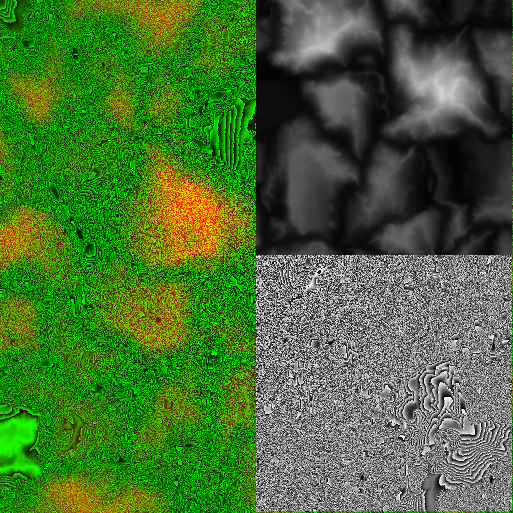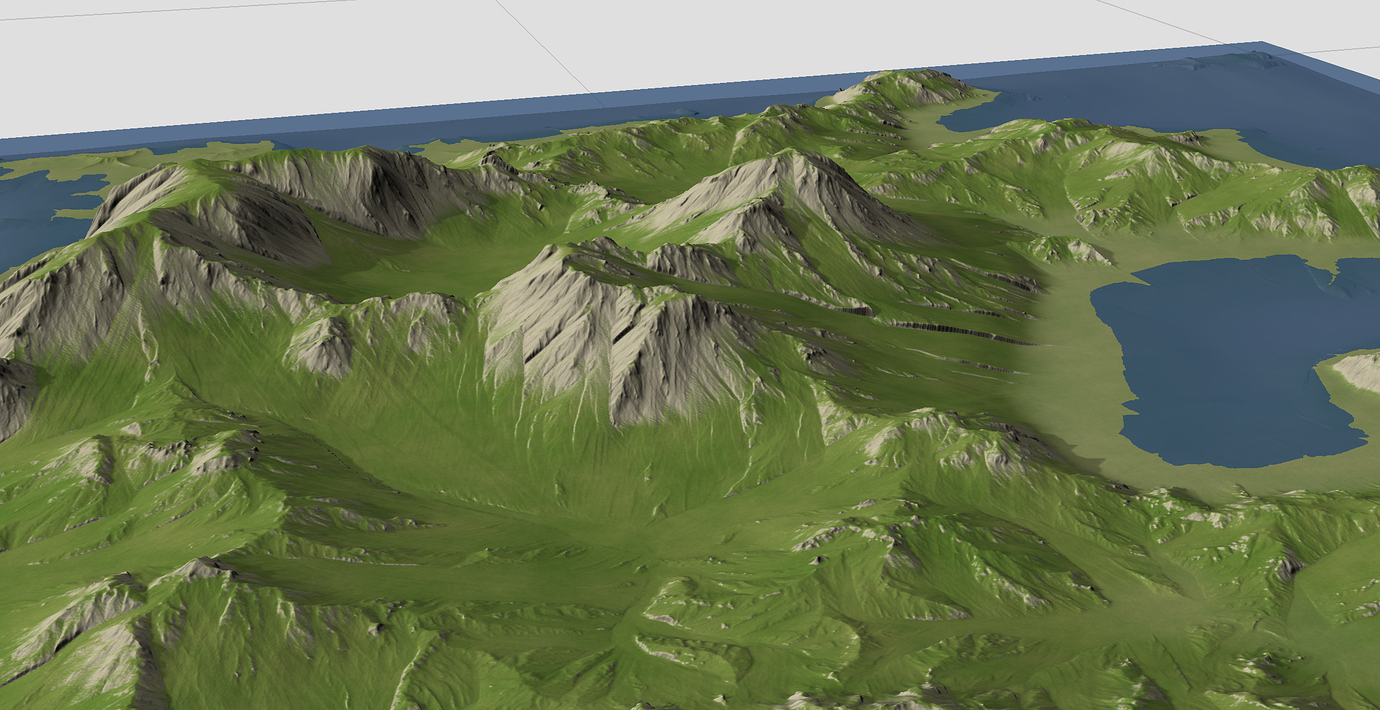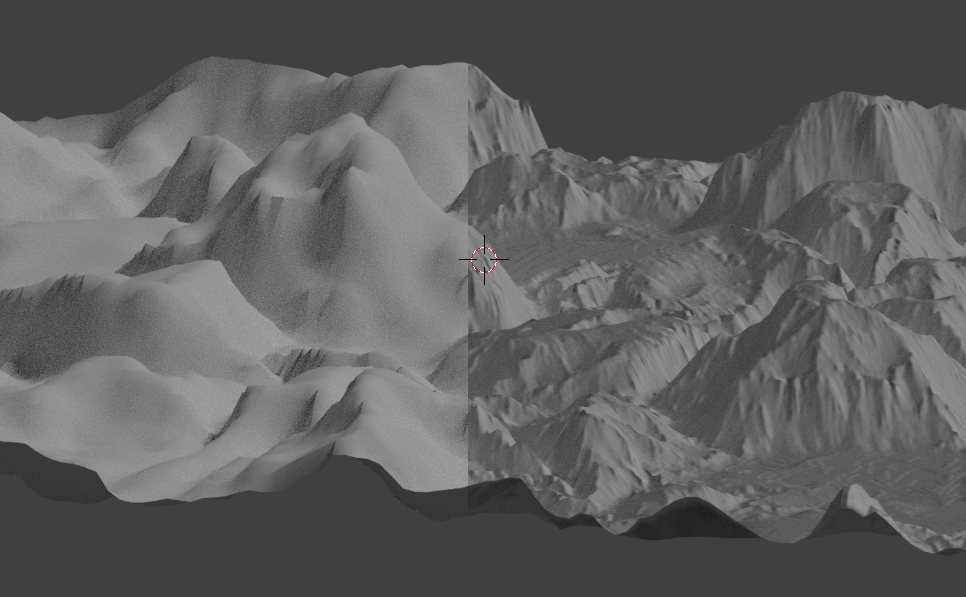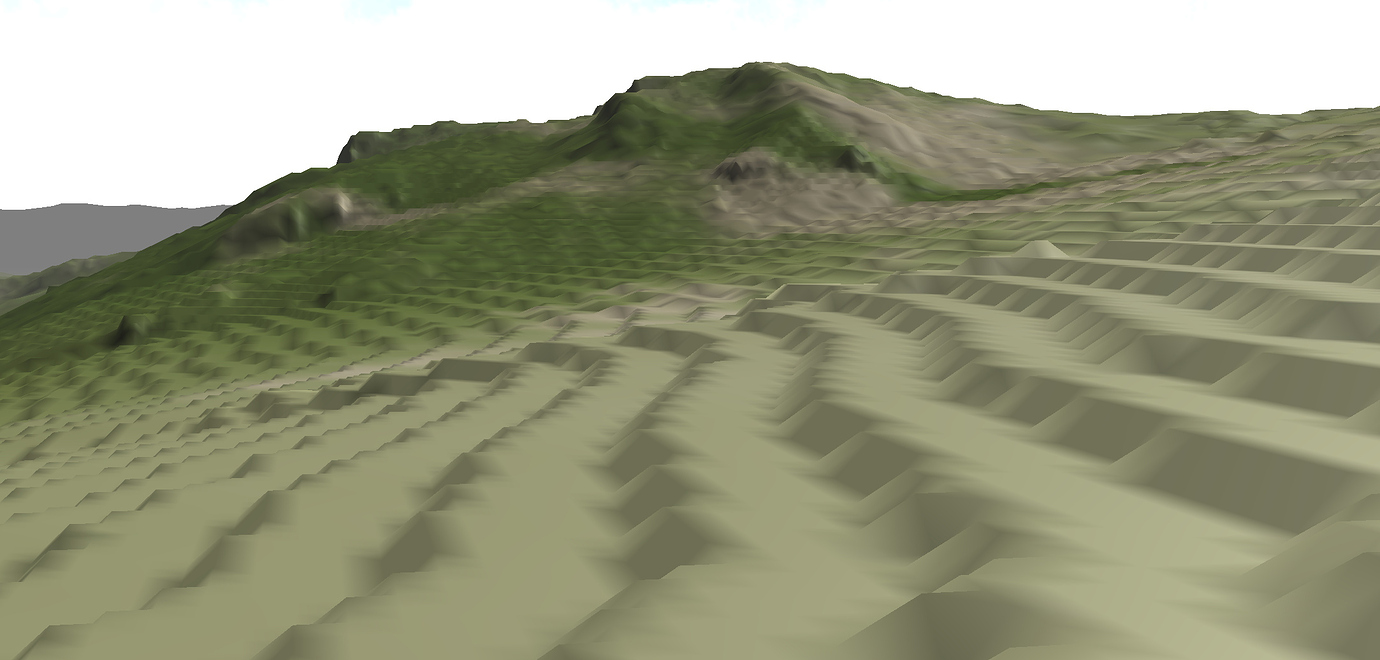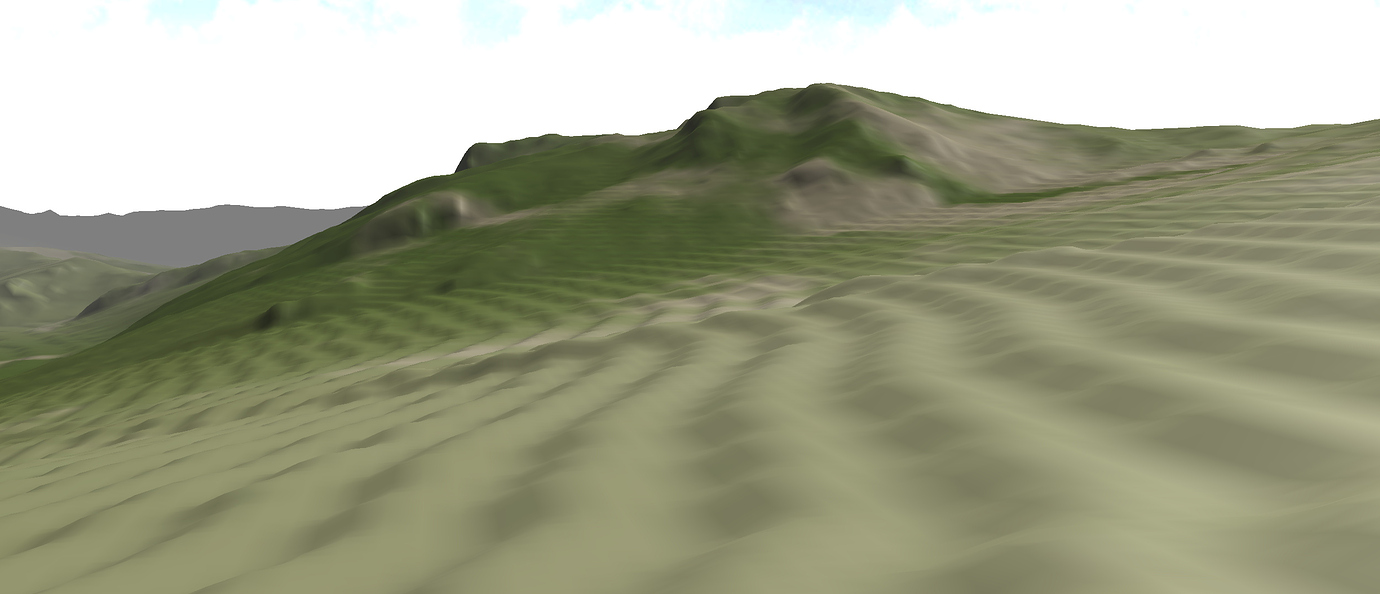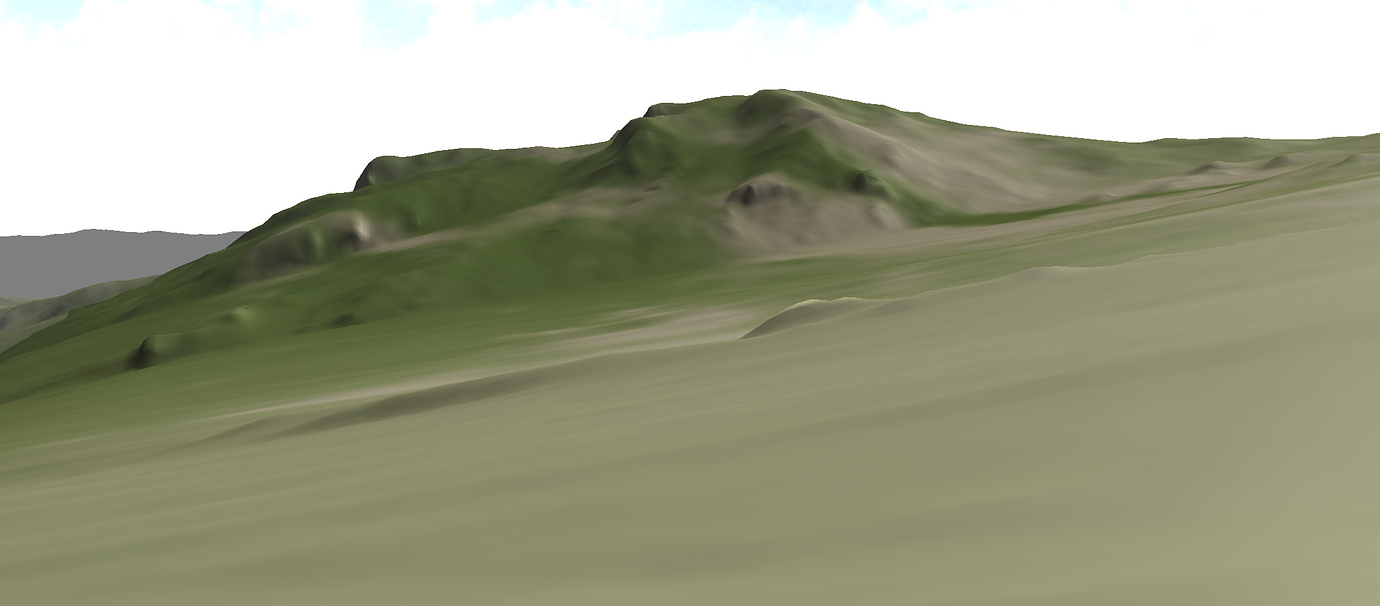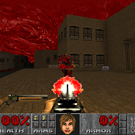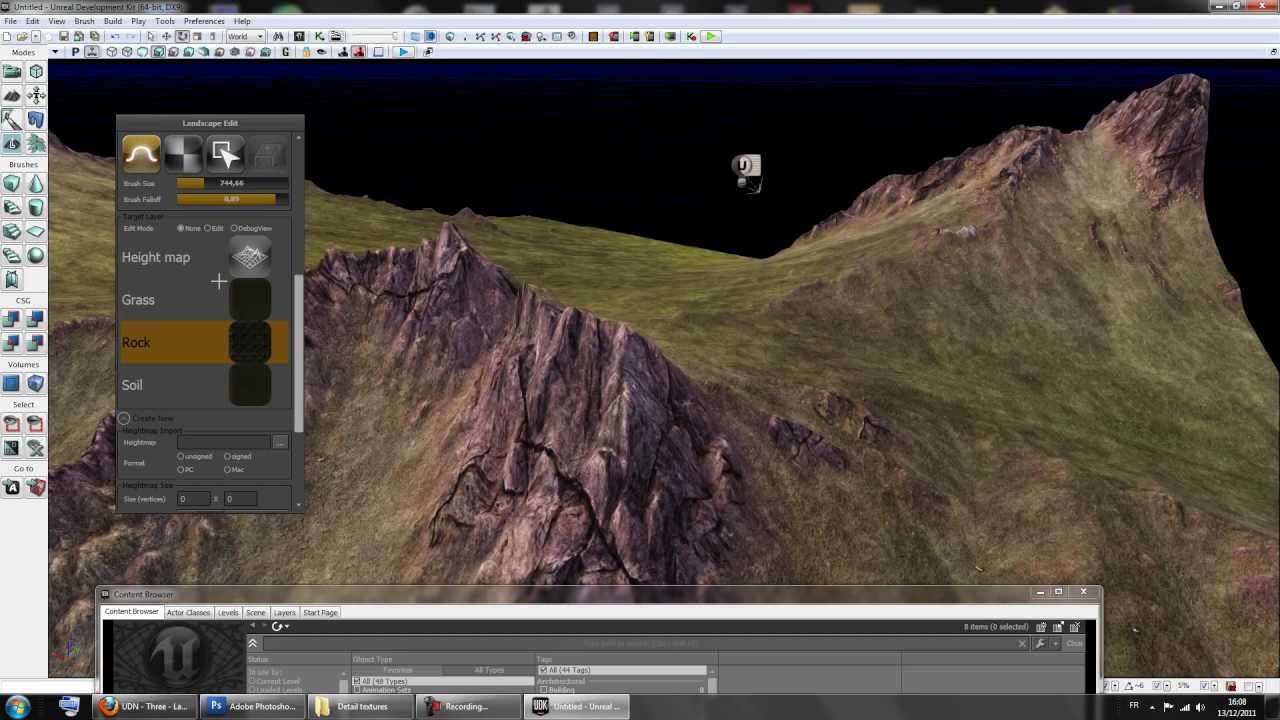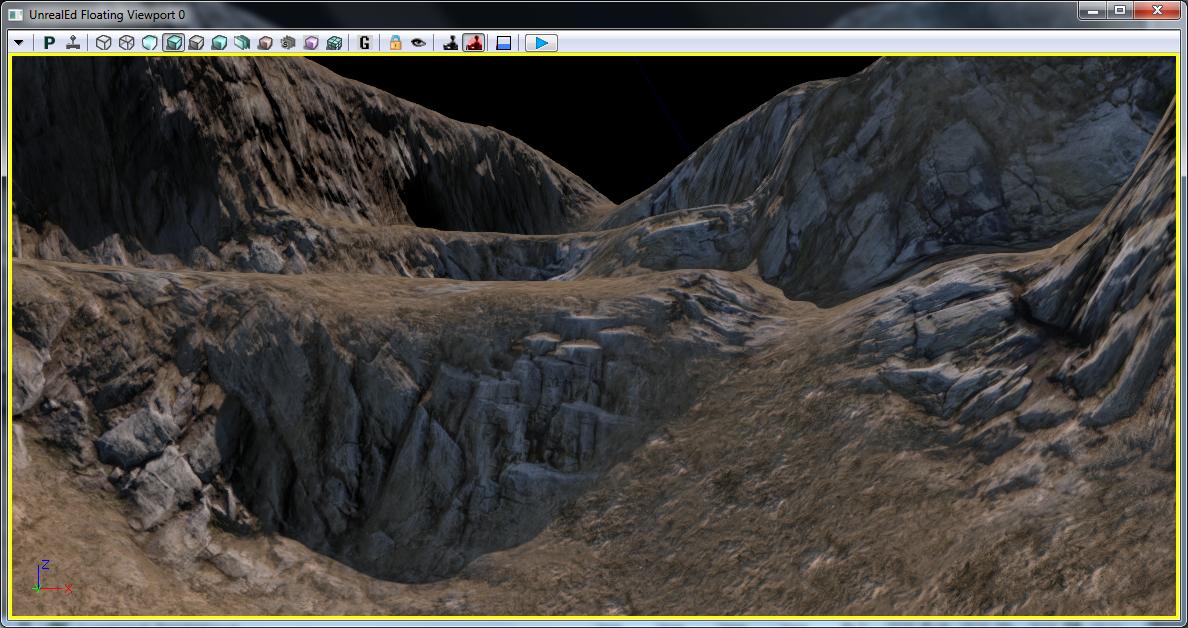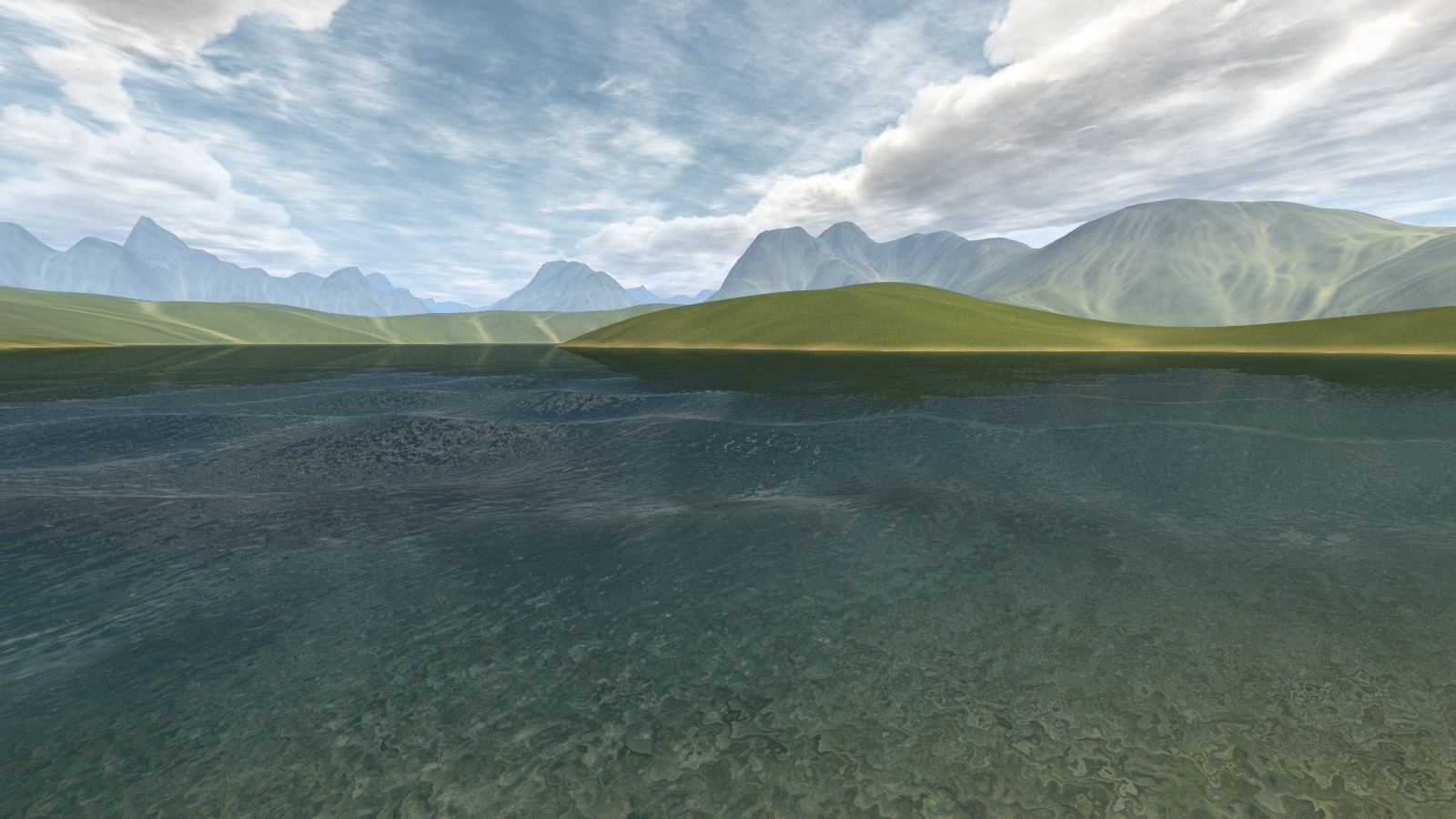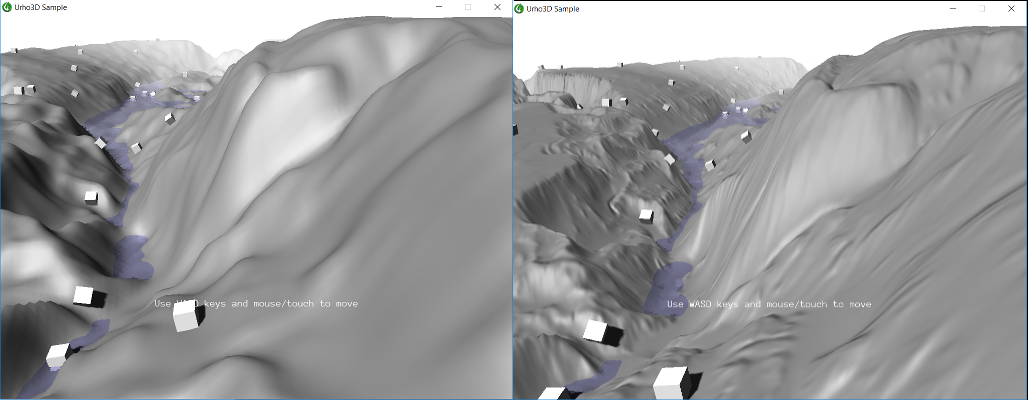I am new to Urho3D, so far I’m very excited about this engine.
While most things seem to work fine, I ran into an issue when trying to create terrains.
I am trying to import Height-Maps (created in WorldMachine) into Urho3D using the Editor:
The Heightmap imports but even though the PNG is 16bit, it still seems to read it as a 8bit heightmap, as there are visible ‘stairs’ that should not be there:
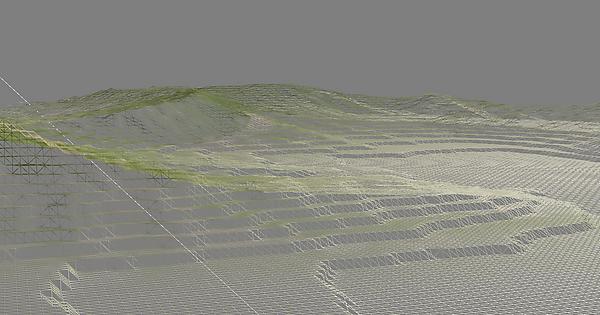
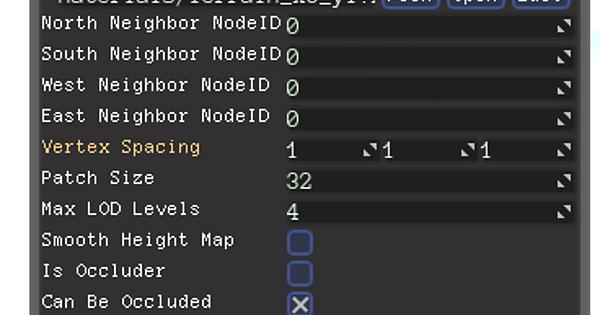
When I import the same heightmap into Unity for example, the terrain is MUCH smoother:
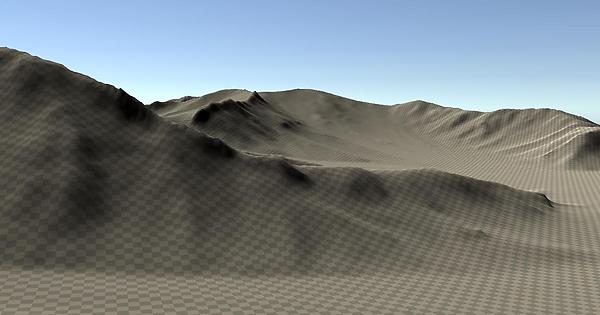
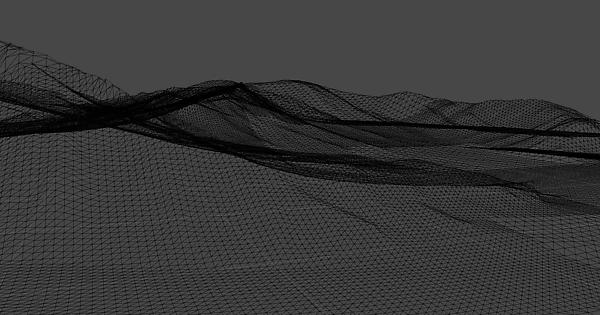
Comparing the wireframes, it doesn’t seem like the problem is because of differences in Polycount but rather how the Height-Information is read.
This is how the Image is setup when i open it up in Photoshop:
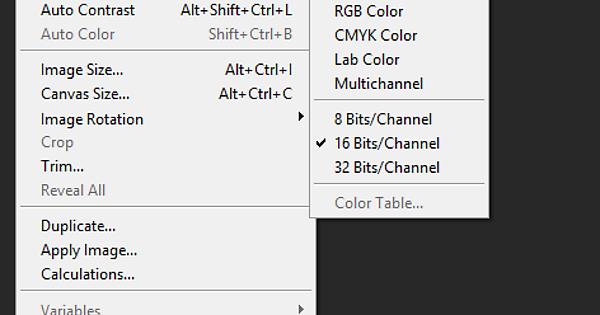
What am I doing wrong? Do I have to perform manual steps before importing it in Urho?
Hope you guys can help me!
(Sorry for the external links, the forum doesn’t seem to allow me to upload more than 1 image per post)


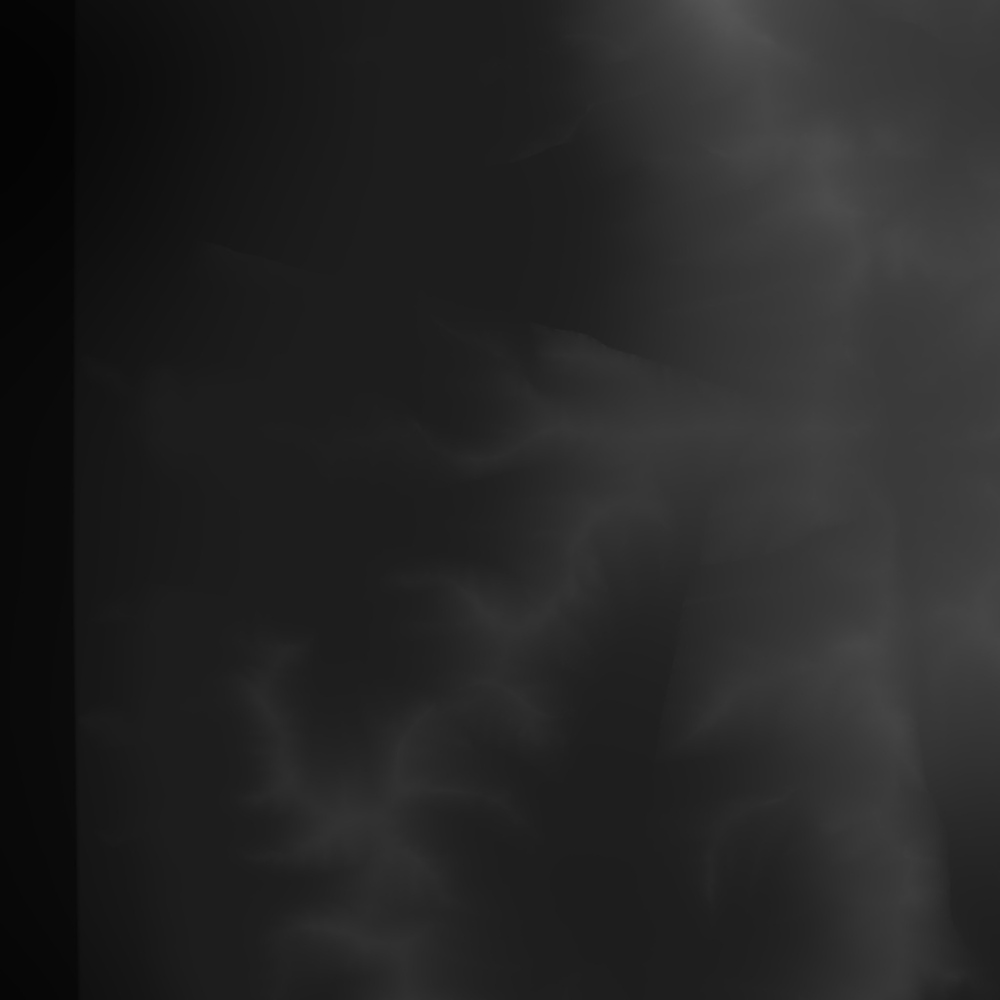




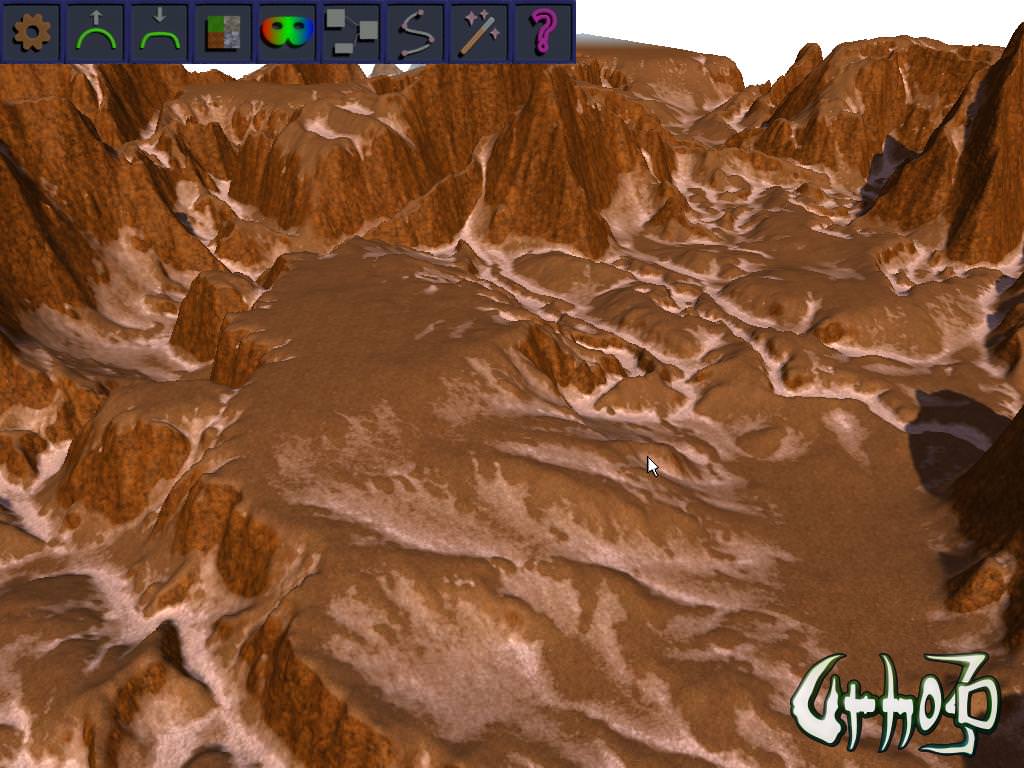


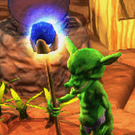
 ) terrain editor, but I do agree it would be nice if a traditional 16-bit PNG path was supported. Unfortunately, it is unlikely to be done until someone with a vested interest in it being done takes the initiative and does a pull request for it.
) terrain editor, but I do agree it would be nice if a traditional 16-bit PNG path was supported. Unfortunately, it is unlikely to be done until someone with a vested interest in it being done takes the initiative and does a pull request for it.
